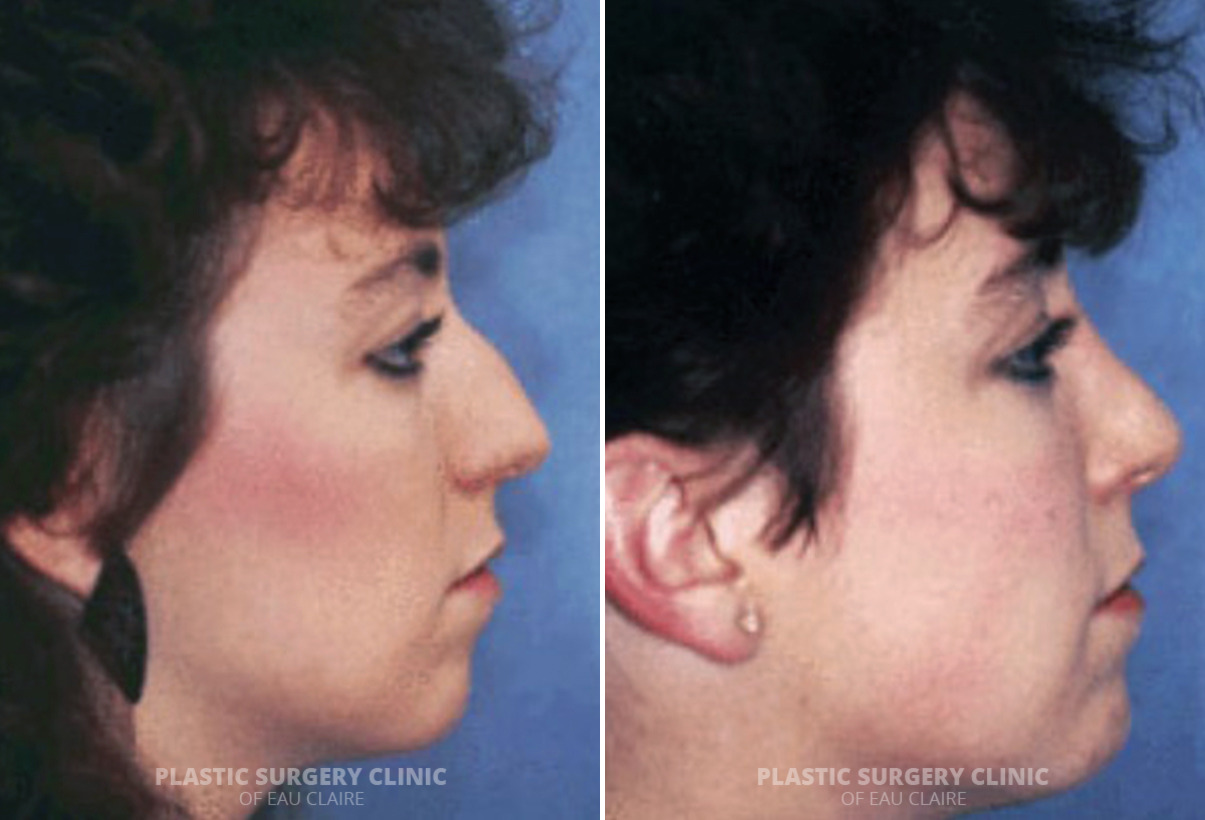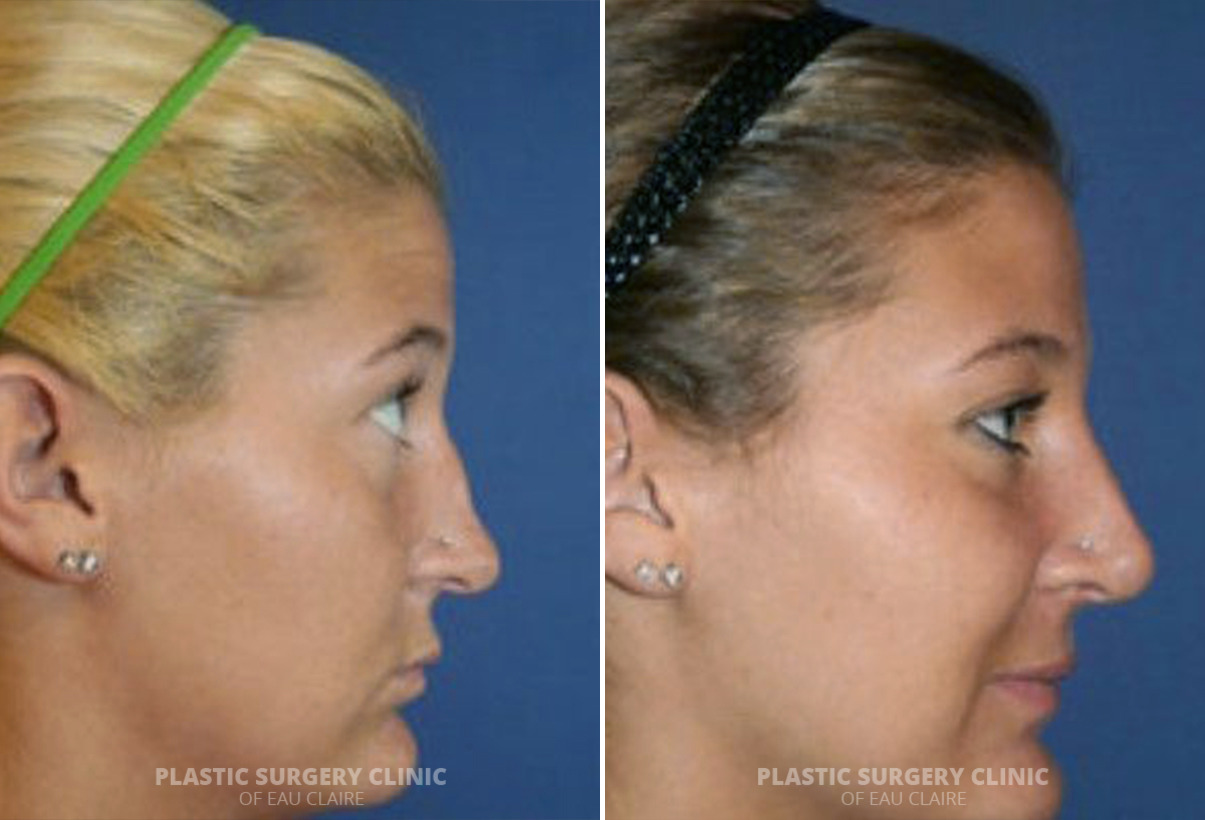Planning a trip soon after getting a nose job? It’s natural to wonder when you can take to the skies again. Rhinoplasty is a transformative cosmetic surgery, but the recovery process requires care and patience, especially when it comes to flying.
Whether it’s for business or leisure, understanding how air travel impacts your healing nose is essential. From pressure changes to infection risks, there are several factors to weigh before booking your ticket. Let’s dive into what you should know.

How Long After Rhinoplasty Surgery Can I Fly?
Most surgeons recommend waiting at least two to three weeks before flying after rhinoplasty. This time frame allows the initial swelling to subside and minimizes the risk of complications related to pressure changes and cabin conditions. While some patients may feel well enough to travel earlier, doing so could disrupt the healing process, increase swelling, or lead to bleeding. Always consult your surgeon before booking air travel to ensure your nose is stable and healing properly.
Understanding the Healing Process During Rhinoplasty Recovery
The healing process after nasal surgery can vary depending on the individual and the surgical techniques used. In the first week, swelling and bruising are most noticeable, especially around the eyes and nose. Patients typically wear a nasal splint for support, and any internal packing is removed within a few days. While pain is generally manageable with medication, rest and limited activity are essential during this phase to allow for undisturbed healing.
As weeks progress, much of the visible swelling subsides, but subtle internal healing continues for months. Cartilage and tissue gradually settle into their new shape, and it’s during this time that flying can pose risks if done too early. Because different surgical techniques may affect how pressure-sensitive your nasal structures are, understanding your specific recovery timeline is crucial. Always follow your surgeon’s guidance closely to protect both your health and your rhinoplasty results.
Potential Risks of Flying Too Soon After Nose Surgery
While the excitement of travel may tempt you to board a plane shortly after your nose job, it’s important to understand the potential consequences. Even a short flight can interfere with your healing process and compromise the outcome of your plastic surgery. Pressure changes, cabin air quality, and movement through crowded spaces all pose challenges during the early stages of rhinoplasty recovery.
Increased Swelling
One of the most common issues associated with flying too soon after rhinoplasty is increased swelling. Changes in cabin pressure during takeoff and landing can cause fluid retention in the face, particularly around the surgical site. This can prolong recovery and potentially distort early results. Even if your nose appears to be healing well on the surface, internal tissues remain delicate for weeks and can react strongly to altitude changes. Swelling may return or worsen unexpectedly, making it crucial to wait until your surgeon gives you the all-clear.
Bleeding
Flying too soon after rhinoplasty can increase your risk of postoperative bleeding. The changes in air pressure experienced during flight can put strain on healing blood vessels inside the nose. Even minor pressure fluctuations can lead to unexpected nosebleed episodes, especially in the first couple of weeks after surgery. In-flight bleeding can be difficult to manage and may require medical attention, which is why surgeons advise delaying air travel until the risk has significantly decreased.
Infection
Air travel exposes you to crowded spaces and recycled air, which can increase your exposure to germs and heighten the risk of infection, especially in the days and weeks following surgery. Your nasal passages are particularly vulnerable during this time, as the tissues are healing and your immune defenses may be temporarily lowered. Even a minor infection can cause complications or delay healing, so it’s important to take precautions and delay flying until your body has had time to recover.
Discomfort and Pain
Even if your recovery is progressing well, flying too soon can lead to increased discomfort and pain. Cabin pressure changes, dry air, and prolonged sitting can intensify sensitivity in the nose and surrounding areas. The act of carrying luggage, navigating busy terminals, or simply shifting your facial muscles during conversation or rest can be uncomfortable during early healing. While pain levels vary from person to person, adding the stress of travel may interfere with your ability to rest and heal properly.
Are You Ready For A Consultation?
Join our satisfied clients who’ve experienced safe, effective treatments
Precautions to Take When Flying After a Rhinoplasty Procedure
If flying after rhinoplasty is unavoidable, there are essential tips and safety measures you can follow to reduce your risks and support proper healing. Even small actions before and during your flight can make a meaningful difference in your comfort and surgical outcome. From planning your trip carefully to managing your environment mid-flight, these precautions are designed to help protect your nose and keep your recovery on track.
Consider Flexible Tickets
Booking flexible tickets is one of the smartest moves you can make when coordinating your travel plans after rhinoplasty. Unexpected changes in your recovery timeline—such as lingering swelling or minor complications—may require you to delay your trip. Flexible tickets offer the peace of mind that you won’t be penalized for rescheduling your flight if your surgeon advises against traveling. Giving yourself room to adjust ensures your healing stays the top priority.
Delay Long-Haul Flights
Long-haul flights can be particularly taxing on your body after rhinoplasty. Extended periods of sitting, dehydration from dry cabin air, and pressure fluctuations over many hours increase the likelihood of swelling, discomfort, and complications. If possible, postpone international or cross-country travel until your surgeon confirms it’s safe. Waiting until your healing is well underway helps ensure that long travel times won’t interfere with your recovery or put your surgical results at risk.
Use Saline Nasal Spray
Dry cabin air can be irritating to healing nasal tissues, which is why using a saline nasal spray is highly recommended during air travel. It helps keep your nasal passages moist, reducing the risk of crusting, irritation, and discomfort. Moisture also supports a healthy healing environment and lowers the chance of bleeding or infection. Use a sterile, travel-sized spray and apply it as directed by your surgeon to maintain hydration throughout the flight.
Stay Hydrated
Staying hydrated is crucial during and after a flight, especially when recovering from rhinoplasty. The dry air inside airplane cabins can contribute to dehydration, which may worsen swelling and slow down healing. Drinking plenty of water helps maintain circulation, supports tissue repair, and prevents your nasal passages from drying out. Avoid alcohol and caffeine, as they can further dehydrate your body. Bringing your own water bottle and sipping regularly during the flight can make a significant difference in how you feel afterward.
Avoid Heavy Lifting
Lifting heavy bags or carry-on luggage can place strain on your body and increase blood pressure, which may lead to swelling or even postoperative bleeding around the surgical site. Even seemingly harmless activities, like hoisting a bag into the overhead compartment, can be risky in the early stages of healing. Whenever possible, ask for assistance or check your luggage to avoid unnecessary strain on your nose and ensure a safer, smoother recovery while traveling.
Move Around
Sitting still for extended periods can lead to poor circulation and increase the risk of blood clots, especially during long flights. After rhinoplasty, gentle movement is important to maintain healthy blood flow and reduce stiffness or discomfort. Get up periodically to stretch your legs, walk the aisle, and keep your body active, while still being cautious not to jostle or bump your nose. Moving around helps your overall recovery and makes your flight experience more comfortable.
Avoid Touching or Bumping the Nose
Your nose is especially delicate after rhinoplasty, and even a minor bump or touch can interfere with the healing process. Airplane cabins are often crowded, and accidental contact can happen easily when adjusting your seat, reaching for bags, or brushing against other passengers. Touching your nose can also introduce bacteria, increasing the risk of infection. Be mindful of your surroundings, use caution when moving around, and avoid resting your face against surfaces to protect your results.
Be Mindful of Public Areas
Airports and airplanes are high-traffic environments where contact with germs and accidental bumps are nearly unavoidable. After rhinoplasty, your immune system is focused on healing, so it’s wise to minimize exposure to potentially unhygienic surfaces or crowded spaces. Wear a mask in congested areas, wash your hands frequently, and avoid touching your face. These simple precautions can significantly lower your risk of infection and help preserve your surgical results during this vulnerable recovery period.
Primary Rhinoplasty Before and After Photos


* Each patient is unique and individual results may vary.
Consult with a Rhinoplasty Surgeon Before Any Air Travel
When it comes to protecting your rhinoplasty results, expert guidance is crucial. Flying too soon can compromise both your recovery and the long-term outcome of your procedure. An experienced surgeon will provide detailed post-operative instructions, including personalized advice on when and how to travel safely after your surgery.
Dr. Ember Ewings of the Plastic Surgery Clinic of Eau Claire has the training, skill, and experience to help guide you through every step of the rhinoplasty journey. Board certified by the American Board of Plastic Surgery, Dr. Ewings trained at Saint Louis University and completed an elite fellowship in pediatric and craniofacial surgery in both Memphis and Paris. Schedule your consultation today by calling 715-833-2116 or visiting our contact page to ensure a smooth and healthy recovery, on the ground and in the air.


